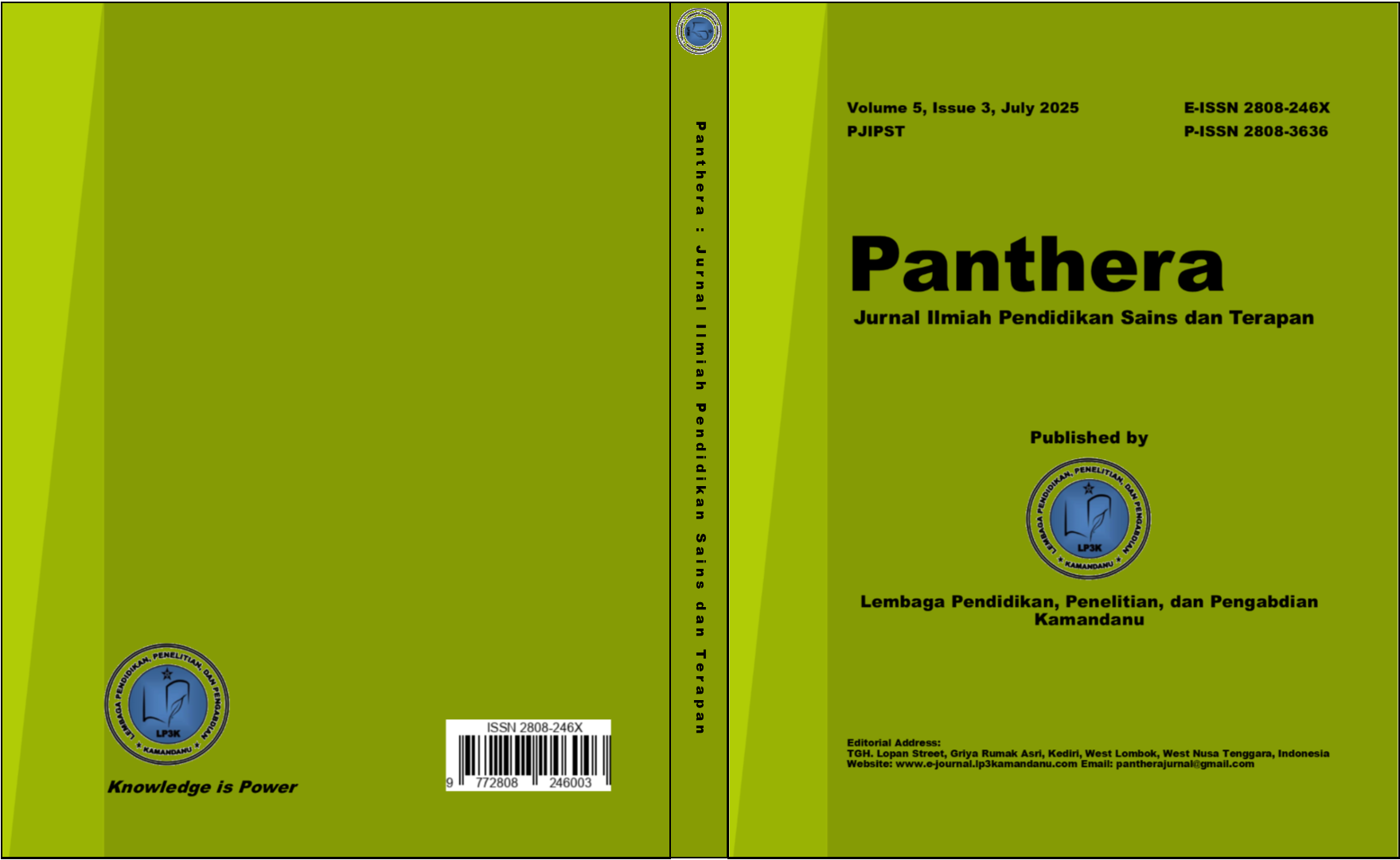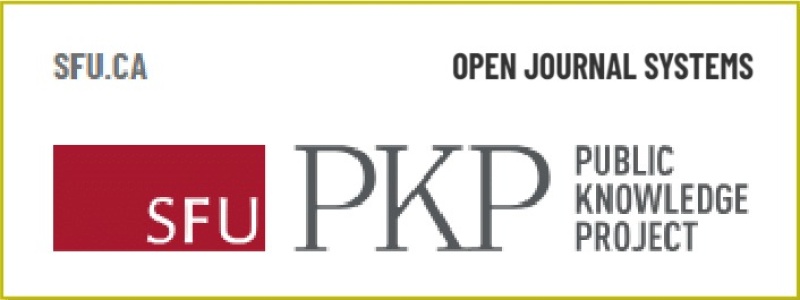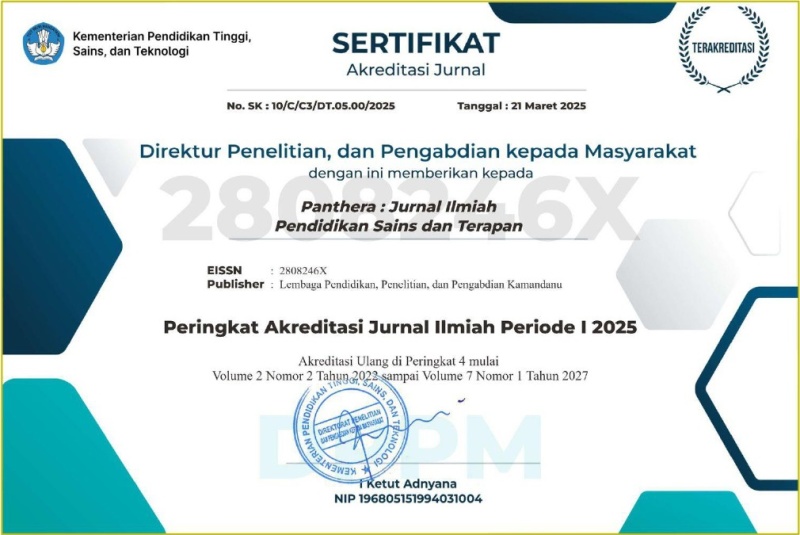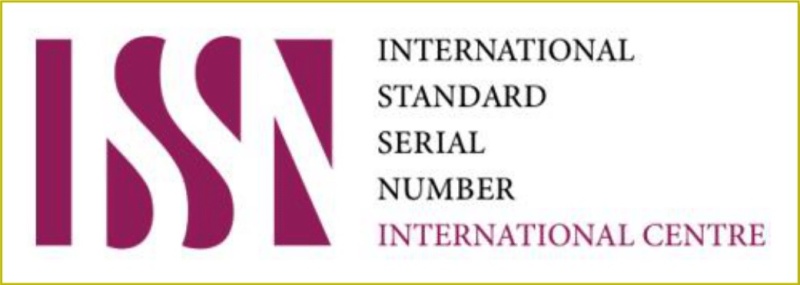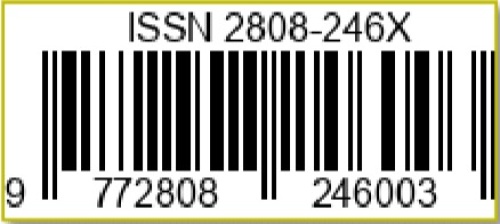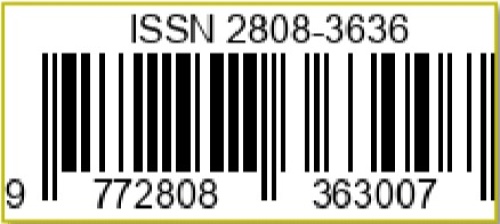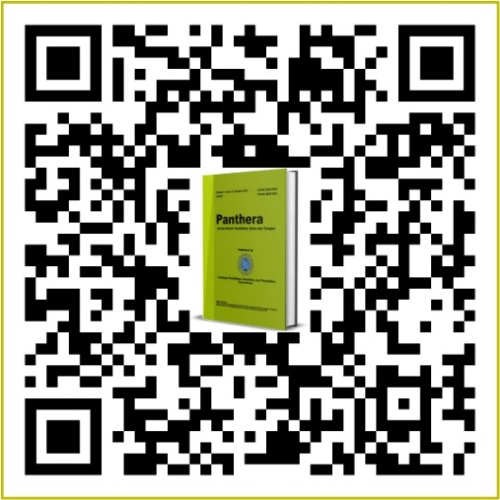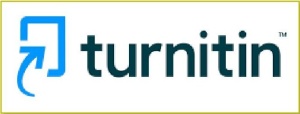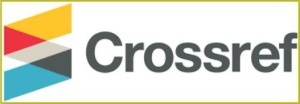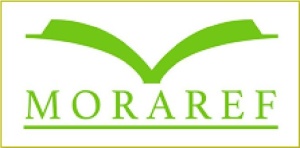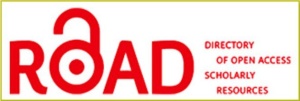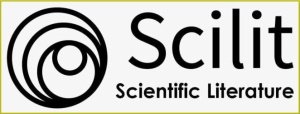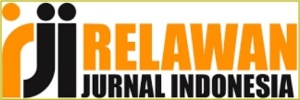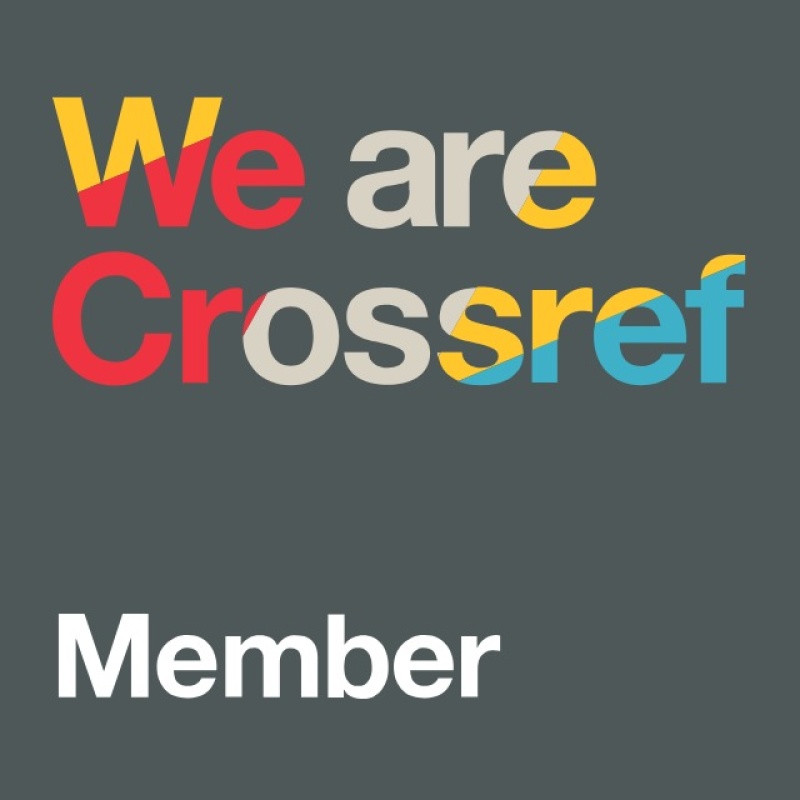Pengembangan Media Pembelajaran untuk Meningkatkan Capaian Pembelajaran pada Mata Pelajaran Teknik Dasar Pengelasan
DOI:
https://doi.org/10.36312/panthera.v5i3.492Keywords:
ADDIE, Android, Learning Outcomes, Learning Media, GMAW WeldingAbstract
This study aims to develop and evaluate the feasibility and effectiveness of Android-based learning media in improving students' Learning Outcomes (CP) in Basic Welding Techniques, especially in Gas Metal Arc Welding (GMAW) material at SMKN 3 Salatiga. A quantitative research approach was used with the ADDIE development model and an experimental method using the Pretest-Posttest Control Group Design. The research subjects consisted of two classes, an experimental class and a control class, each consisting of 35 students. Validation by content experts showed a feasibility score of 82%, categorized as very feasible, while validation by media experts produced a score of 74%, categorized as feasible. The results of the normality and homogeneity tests showed that the data were normally distributed and homogeneous. An independent t-test showed a significant difference between the experimental and control groups (p < 0.05) with an average increase of 22.686. In addition, the average N-Gain score in the experimental class was 0.5171 (moderate category), compared to only 0.0199 (low category) in the control class. These findings demonstrate that Android-based learning media has proven effective, feasible, and can be used as an innovative alternative in engineering learning in Vocational High Schools (SMK). This media not only improves student learning outcomes but also supports a more interactive learning process that aligns with current developments in educational technology. This media also has practical benefits in helping teachers deliver material more efficiently and engagingly, and has the potential to support the development of a vocational curriculum that is more adaptive to the needs of the workplace.
Downloads
References
Farell, G., Simatupang, W., & Giatman, M. (2021). Analisis Efektivitas Pembelajaran Daring pada SMK dengan Metode Asynchronous dan Synchronous. Edukatif : Jurnal Ilmu Pendidikan, 3(4), 1185-1190. https://doi.org/10.31004/edukatif.v3i4.521
Hasanah, N. (2020). Pelatihan Penggunaan Aplikasi Microsoft Power Point sebagai Media Pembelajaran pada Guru SD Negeri 050763 Gebang. Jurnal Pengabdian kepada Masyarakat, 1(2), 34-41.
Hindom, S., & Sumadi, S. (2024). Pengembangan Media Pembelajaran Refu Berbasis Android. Jurnal Ilmiah Matematika Realistik, 1(1), 35-46. https://doi.org/10.33365/ji-mr.v5i1.3786
Huka, G. I., Loppies, L. S., Matheus, J., Wilujeng, A. D., & Hamid, A. (2023). Pengaruh Variasi Arus Pengelasan Gas Metal Arc Welding (GWAM) terhadap Sifat Mekanis pada Sifat Seamless. Journal Mechanical Engineering, 1(3), 158-168. https://doi.org/10.31959/jme.v1i3.2116
Ichiana, N. N., Razzaq, A., & Ahmad, A. K. (2023). Orientasi Kurikulum Merdeka: Hambatan Belajar Matematika dalam Capaian Pembelajaran Berpusat pada Peserta Didik. Jurnal Pendidikan MIPA, 13(4), 1162-1173. https://doi.org/10.37630/jpm.v13i4.1389
Ismail, M. E., Amiruddin, M. H., Sulaiman, J., & Ismail, I. M. (2020). Effects of Using “Welding Position Tutorial” (W.P.T) Applications for the Fillet Joints by Using Android Platform. International Journal of Management, 11(10), 678-689. https://doi.org/10.34218/IJM.11.10.2020.064
Ismawati, I., Mutia, N., Fitriani, N., & Masturoh, S. (2021). Pengembangan Media Pembelajaran Fisika Berbasis Web Menggunakan Google Sites pada Materi Gelombang Bunyi. Schrodinger : Jurnal Ilmiah Mahasiswa Pendidikan Fisika, 2(2), 140-146. https://doi.org/10.30998/sch.v2i2.4348
Maritsa, A., Salsabila, U. H., Wafiq, M., Anindya, P. R., & Ma’shum, M. A. (2021). Pengaruh Teknologi dalam Dunia Pendidikan. Al-Mutharahah : Jurnal Penelitian dan Kajian Sosial Keagamaan, 18(2), 91-100. https://doi.org/10.46781/al-mutharahah.v18i2.303
Murdiono, M., Suyato, S., Rahmawati, E. N., & Aziz, M. A. (2020). Developing an Android-Based Mobile Application for Civic Education Learning. International Journal of Interactive Mobile Technologies, 14(16), 180-193. https://doi.org/10.3991/ijim.v14i16.14967
Nurhaswinda, N., Zulkifli, A., Gusniati, J., Zulefni, M. S., Afendi, R. A., Asni, W., & Fitriani, Y. (2025). Tutorial Uji Normalitas dan Uji Homogenitas dengan Menggunakan Aplikasi SPSS. Jurnal Cahaya Nusantara, 1(2), 55-68.
Pakpahan, A. F., Prasetio, A., Negara, E. S., Gurning, K., Ropita, S. F., Sipayung, T. P. D., Sesilia, A. P., Rahayu, P. P., Bonaraja, B., Yuniwati, P. C. I., Siagian, V., & Rantung, G. A. J. (2021). Metodologi Penelitian Ilmiah. Medan: Yayasan Kita Menulis.
Pramana, I. B. W., Fitriani, H., & Safnowandi, S. (2022). Pengaruh Metode Mind Map dengan Media Komik terhadap Minat Baca dan Hasil Belajar Kognitif Siswa. Biocaster : Jurnal Kajian Biologi, 2(2), 71-87. https://doi.org/10.36312/bjkb.v2i2.68
Sugihartini, N., & Yudiana, K. (2018). ADDIE sebagai Model Pengembangan Media Instruksional. Jurnal Pendidikan Teknologi dan Kejuruan, 15(2), 277-286. https://doi.org/10.23887/jptk-undiksha.v15i2.14892
Sugiyono, S. (2013). Metode Penelitian Kuantitatif, Kualitatif dan R&D. Bandung: CV. Alfabeta.
Sulistyorini, S., & Listiadi, A. (2022). Pengembangan Media Pembelajaran Ispring Suite 10 Berbasis Android pada Materi Jurnal Penyesuaian di SMK. Edukatif : Jurnal Ilmu Pendidikan, 4(2), 2116-2126. https://doi.org/10.31004/edukatif.v4i2.2288
Tabrani, M. B., Rini, P. P., & Junedi, B. (2021). Pengembangan Multimedia Interaktif Berbasis Android pada Materi Kualitas Instrumen Evaluasi Pembelajaran Matematika. Jurnal Inovasi Teknologi Pendidikan, 8(2), 163-172. https://doi.org/10.21831/jitp.v8i2.42943
Undang-Undang Republik Indonesia Nomor 20 Tahun 2003 tentang Sistem Pendidikan Nasional. 2003. Jakarta: Pemerintah Republik Indonesia.
Warsita, B. (2018). Mobile Learning sebagai Model Pembelajaran yang Efektif dan Inovatif. Jurnal Teknodik, 14(1), 62-73. https://doi.org/10.32550/teknodik.v14i1.452
Yunus, Y., & Fransisca, M. (2020). Analisis Kebutuhan Media Pembelajaran Berbasis Android pada Mata Pelajaran Kewirausahaan. Jurnal Inovasi Teknologi Pendidikan, 7(2), 118-127. https://doi.org/10.21831/jitp.v7i1.32424
Downloads
Published
How to Cite
Issue
Section
License
Copyright (c) 2025 Zaidan Priya Harsandi, Khoirul Huda, Kriswanto, Febri Budi Darsono, Muhammad Irfan Nuryanta, & Risky Ramadhani

This work is licensed under a Creative Commons Attribution-ShareAlike 4.0 International License.
-
Attribution — You must give appropriate credit, provide a link to the license, and indicate if changes were made. You may do so in any reasonable manner, but not in any way that suggests the licensor endorses you or your use.
-
ShareAlike — If you remix, transform, or build upon the material, you must distribute your contributions under the same license as the original.

